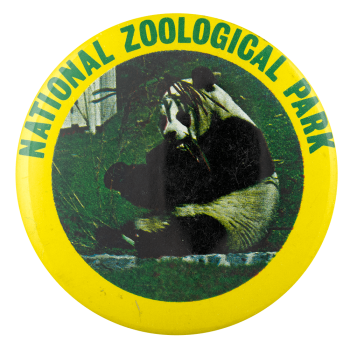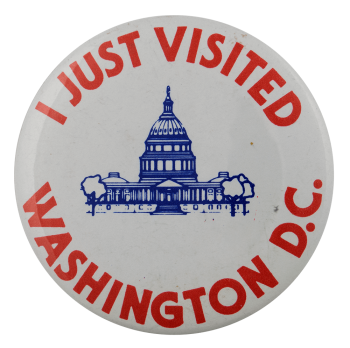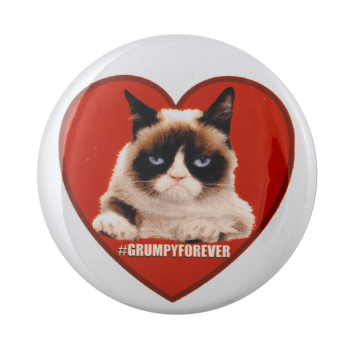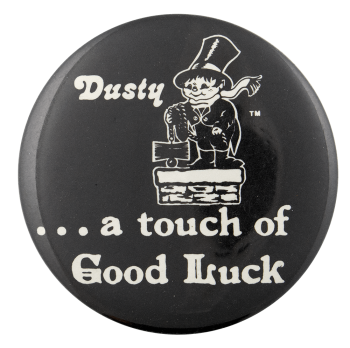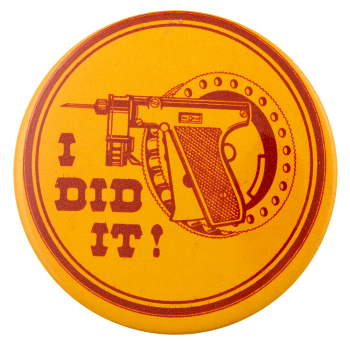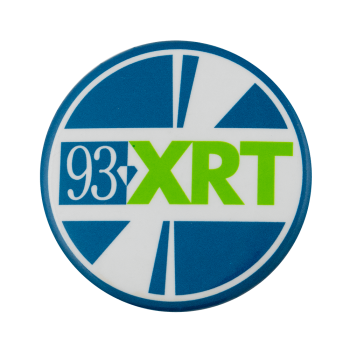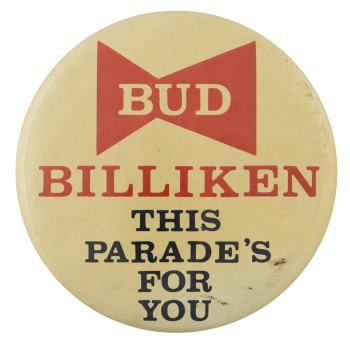National Zoological Park Panda
| Category | |
|---|---|
| Additional Images | |
| Sub Categories | |
| Text on Button | NATIONAL ZOOLOGICAL PARK |
| Image Description | Photograph of panda eating surrounded by green text on yellow background. |
| Back Style | |
| The Shape | |
| The Size | |
| Additional Information | The National Zoological Park, commonly known as the National Zoo, is one of the oldest zoos in the United States. The SCBI facility houses between 30 and 40 endangered species at any given time depending on research needs and recommendations from the zoo and the conservation community. The zoo was one of the first to establish a scientific research program. In 1889, President Grover Cleveland officially signed an act of congress into law creating the National Zoological Park for “the advancement of science and the instruction and recreation of the people.” Since its founding, the Zoo and the Smithsonian Conservation Biology Institute (SCBI), have celebrated many milestones, from endangered species births, to reintroductions to the wild, to revolutionary scientific studies. One of the most public facing of these was the arrival in 1972 of Ling Ling and Hsing Hsing, the Zoo's first giant pandas, that launched an on-going international collaboration with Chinese scientists to better understand and save the critically endangered bears. |
| Sources |
History. (2019, October 23). Retrieved November 13, 2019, from https://nationalzoo.si.edu/about/history. |
| Catalog ID | EV0854 |

